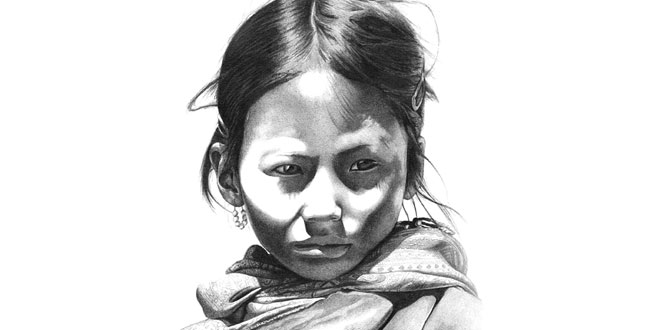Question: Describe the cycle of seasonal movement of the Gaddi shepherds of Himachal Pradesh.
Answer:
- They spent their winter in the low hills ; of the Shiwalik range, grazing their flocks in the scrub forests.
- By April, they moved north, and spent the summer in Lahul and Spiti. When the snow melted and the high passes were clear, many of them moved on to higher mountain meadows.
- By September, they began their return movement.
- On the way, they stopped once again
in the villages of Lahul and Spiti, reaping their summer harvest, and sowing their winter crop. - Then they descended with their flock to their winter grazing grounds, on the Shiwalik hills.
- Next April, once again, they began their march with their goats and sheep, to the summer meadows.
Question: Explain the annual cycle of seasonal movement of the Dhangars.
Answer:
- The Dhangars were an important ! pastoral community of Maharashtra.
- The Dhangar community used to stay in the semi-arid central plateau of | Maharashtra during the monsoon.
- Due to low rainfall, only dry crops could be grown there. In the monsoon, this region became a vast grazing ground for the Dhangar flocks.
- By October, the Dhangars harvested their dry crops. During this season, there was shortage of grazing grounds so the Dhangars had to move towards the west.
- By mid-September, they used to reach the Konkan. In this region, the locals used to welcome them as the flocks of Dhangars provided manure to the field.
- With the onset of the monsoon, the Dhangars, after collecting supplies of rice and other food grains, used to leave the Konkan.
Question: Under colonial rule, the life of pastoralists changed dramatically. Explain.
Or
Explain the various laws introduced by the British and explain how these laws changed the lives of the pastoralists.
Answer: (a) Waste land Rules: Under this, uncultivated land was brought under cultivation.The basic aim was to increase land revenue because by expanding cultivation Government could increase its revenue collection.
Impact on the lives of the pastora- lists:
- After the Act, the mobility of nomads was restricted.
- Under the Act the grazing land was given to big landlords. Due to this nomads’ grazing grounds shrank.
- Due to shrinking grazing grounds, the agricultural stock of the nomads declined and their trade and crafts were adversely affected.
(b) Forest Acts: Under the Forest Acts forest were classified into:
- Reserved Forests
- Protected forests
Impact on the lives of the pastora- lists:
- They were now prevented from entering many forests. So there was a reduction in their grazing grounds.
- After the laws, their movements were regulated.
(c) Criminal Tribes Act: In 1871, the colonial government in India passed the Criminal Tribes Act. By this Act, many communities of craftsmen, traders and pastoralists were classified as Criminal Tribes. They were stated to be criminal by nature and birth. Once this Act came into force, these communities were expected to live only in notified village settlements. They were not allowed to move out without a permit. The village police kept a continuous watch on them.
This restricted their grazing grounds. Their agricultural stock declined, and their trades and crafts were adversely affected.
(d) Grazing Tax: The Grazing tax was imposed on the pastoralists. Pastoralists had to pay tax on every animal they grazed on the pastures. In most pastoral tracts of India, grazing tax was introduced in the mid-nineteenth century.
Impact on the lives of pastora-lists:
- As the tax had to be paid in cash so pastoralists started selling their animals.
- The heavy burden of taxes had an adverse impact on their economic status. Now most of the pastoralists started taking loans from the money lenders.
 Class Notes NCERT Solutions for CBSE Students
Class Notes NCERT Solutions for CBSE Students



